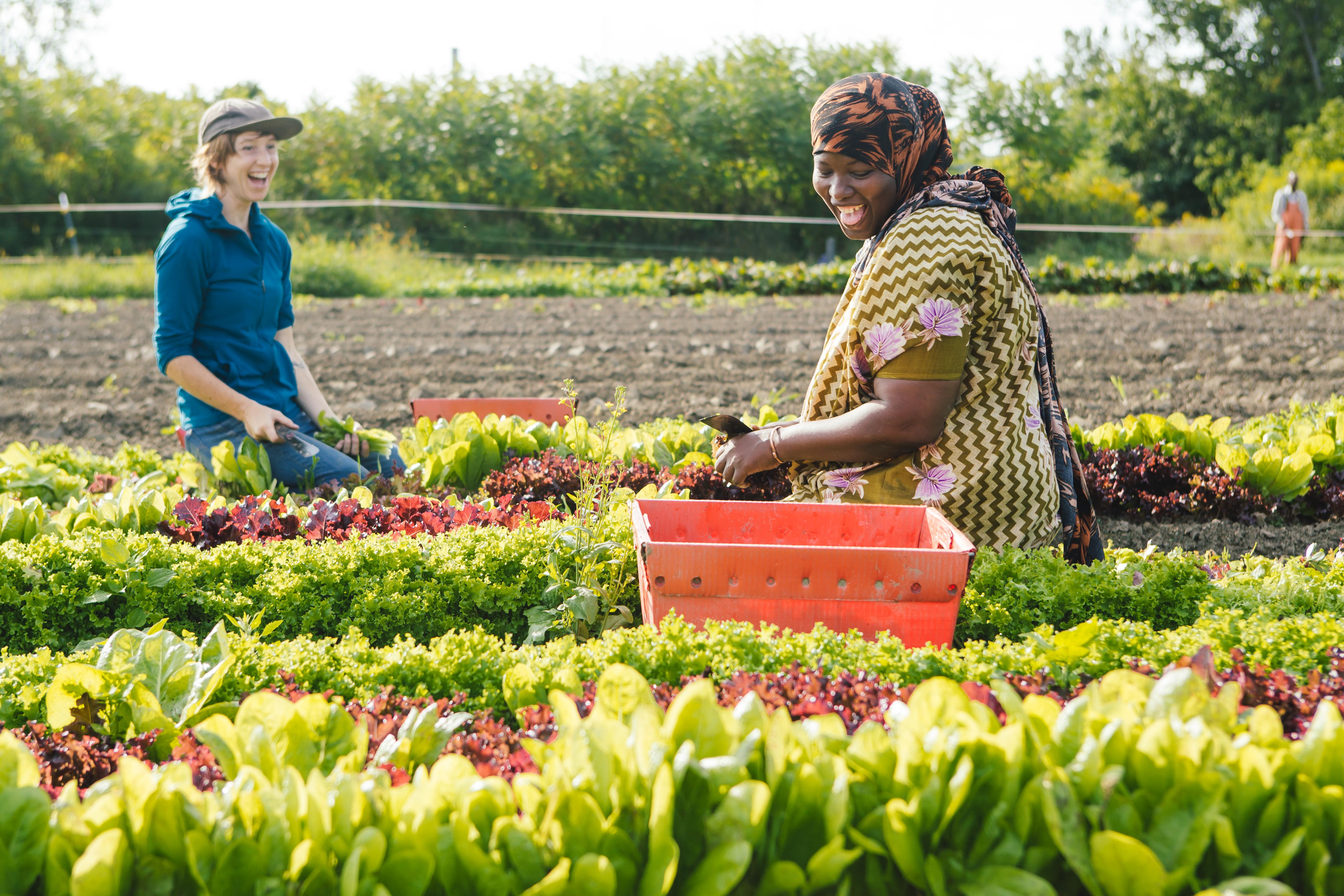The 21-Day Racial Equity Habit Building Challenge (aka the Racial Equity Challenge) is simple! You (along with thousands of other people across the US) commit to deepening your understanding of, and willingness to confront, racism for twenty-one consecutive days. At the very least, the Challenge will raise your awareness. But for many participants it goes beyond that and changes they way they see and interact with the world.
